43 identify the parts of the sun labeled a b c d and e
› articles › s41588/022/01051-wPlasma proteome analyses in individuals of European and ... May 02, 2022 · The most significant nearby TWAS gene is labeled with its gene name and corresponding tissue. ... Sun, B. B. et al. Genomic atlas of the human plasma proteome. ... The work of J.C. and E.B. was ... What Are the 4 Layers of the Atmosphere? [Infographic] The ionosphere is just the inner layer of the magnetosphere. The ionosphere is where the sun's radiation causes particles to be electrically charged, hence the term 'ion'. In fact, this is where the sun flows with spectacular light shows for the Aurora Borealis or Northern Lights. Exosphere The exosphere is the uppermost layer of the thermosphere.
› ground-water-and-drinking-waterBasic Information about Lead in Drinking Water | US EPA May 25, 2022 · Learn how to identify lead-free certification marks on drinking water system and plumbing products (PDF) Corrosion is a dissolving or wearing away of metal caused by a chemical reaction between water and your plumbing. A number of factors are involved in the extent to which lead enters the water, including:
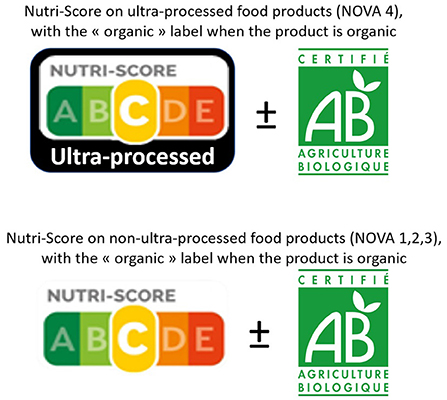
Identify the parts of the sun labeled a b c d and e
Hypodermis of the Skin Anatomy and Physiology - Verywell Health There are three layers of the skin, including the epidermis, dermis, and hypodermis. The epidermis is the outer layer of the skin that you can see. It serves as a barrier. The bottom or innermost layer is the hypodermis which contains fat, connective tissue, larger nerves, and blood vessels. Star - Wikipedia A star is an astronomical object comprising a luminous spheroid of plasma held together by its gravity.The nearest star to Earth is the Sun.Many other stars are visible to the naked eye at night, but their immense distances from Earth make them appear as fixed points of light. The most prominent stars have been categorised into constellations and asterisms, and many of the brightest stars have ... In Depth | Sun - NASA Solar System Exploration The photosphere, chromosphere, and corona are all part of the Sun's atmosphere. (The corona is sometimes casually referred to as "the Sun's atmosphere," but it is actually the Sun's upper atmosphere.) The Sun's atmosphere is where we see features such as sunspots, coronal holes, and solar flares. Key Sun Features Sunspots
Identify the parts of the sun labeled a b c d and e. What Is the Sun Made Of? | Space The light passes through the outer layers of the sun's atmosphere — the chromosphere and the corona. We usually can't see these layers, but during a total solar eclipse, the chromosphere looks like... 🌎A cross-section of the sun with labels A through E. A: center. B ... A cross-section of the sun with labels A through E. A: center. B: layer outside the center. C: next layer, above B. D: outermost layer. E: glowing rays extending from the sun. Parts of the Microscope with Labeling (also Free Printouts) Let us take a look at the different parts of microscopes and their respective functions. 1. Eyepiece it is the topmost part of the microscope. Through the eyepiece, you can visualize the object being studied. Its magnification capacity ranges between 10 and 15 times. 2. Body tube/Head It is the structure that connects the eyepiece to the lenses. Integumentary system: Definition, diagram and function | Kenhub The integumentary system is the body system which surrounds you, both literally and metaphorically speaking. If you look in the mirror you see it, if you look anywhere on your body you see and if you look around you in the outside world, you see it. It is the system that can instantly tell us whether someone is young or old, someone's ...
en.wikipedia.org › wiki › Chilean_wineChilean wine - Wikipedia The Pacific Ocean has a strong influence on the coast of the region with the cooling Camanchaca, a fog that enters the valley from the west each morning and retreats as the sun rises over the Andes from the east. With less than 4 inches of rainfall per year, drip irrigation is used to water the vines that grow in the mineral-rich soil. › web › offices2106-Patent Subject Matter Eligibility - United States Patent ... See MPEP § 2106.04(d) for more information about evaluating whether a claim reciting a judicial exception is integrated into a practical application and MPEP § 2106.05(b) and MPEP § 2106.05(c) for more information about how the machine-or-transformation test fits into the Alice/Mayo two-part framework. Early mesodermal development in the patellogastropod Lottia goshimai ... The red arrow indicates the small depression caused by the invagination of 4d descendants, which should be the earliest morphogenetic change during gastrulation. Panels b and c show middle and late gastrulae. Panel d shows a trochophore. pt, prototroch; sf, shell field; tc, terminal cell. The bar represents 25 μm Earth's Tectonic Plates - Study.com Their are two kinds of crust, denser, basaltic, oceanic crust which is found under oceans and continental crust which is less dense and mostly composed of granite. Another important layer...
iep.utm.edu › platoPlato | Internet Encyclopedia of Philosophy It is widely accepted that Plato, the Athenian philosopher, was born in 428-7 B.C.E and died at the age of eighty or eighty-one at 348-7 B.C.E. These dates, however, are not entirely certain, for according to Diogenes Laertius (D.L.), following Apollodorus’ chronology, Plato was born the year Pericles died, was six years younger than ... Positions and Functions of the Four Brain Lobes | MD-Health.com The occipital lobe, the smallest of the four lobes of the brain, is located near the posterior region of the cerebral cortex, near the back of the skull. The occipital lobe is the primary visual processing center of the brain. Here are some other functions of the occipital lobe: Visual-spatial processing. Movement and color recognition. The Water Cycle: Precipitation, Condensation, and Evaporation The Earth's surface is 75% water and 25% land. Of the water, 97% is salt water, a surprisingly high percentage, leaving only 3% as fresh water. nap.nationalacademies.org › read › 131655 Dimension 3: Disciplinary Core Ideas - Physical Sciences ... Grade Band Endpoints for PS4.B. By the end of grade 2. Objects can be seen only when light is available to illuminate them. Very hot objects give off light (e.g., a fire, the sun). Some materials allow light to pass through them, others allow only some light through, and others block all the light and create a dark shadow on any
Plant Cell- Definition, Structure, Parts, Functions, Labeled Diagram The cell wall is made up of two layers, a middle lamella, and a primary cell wall and sometimes a secondary cell wall. The middle lamella acts as the strengthening layer between the primary walls of the neighboring cells. The primary wall is made up of cellulose underlying the cells that are dividing and maturing.
Weather MCQ Quiz: Questions With Answers - ProProfs Quiz A. Front B. Satellite C. Hurricane D. Cloud 5. _______ is moving air. A. Precipitation B. Wind C. Condensation D. Temperature 6. Air Pressure is the weight of air pushing on everything around it. A. True B. False 7. Check the 3 boxes next to the words that are important components of the Water Cycle. A. Condensation B. Humidity C. Evaporation D.
Parts of a Flower and Their Functions (With Diagram) The four main parts of a flower are the petals, sepals, stamen, and carpel (sometimes known as a pistil). If a flower has all four of these key parts, it is considered to be a complete flower. If any one of these elements is missing, it is an incomplete flower. Complete Rose Hibiscus Tulip Incomplete Holly Corn Squash Grasses Perfect vs. Imperfect
Components of a table (of a database) - w3resource A table is a collection of rows having one or more columns. A row is an instance of a row type. Every row of the same table has the same row type. The value of the n-th field of every row in a table is the value of the n-th column of that row in the table. The row is the smallest unit of data that can be inserted into a table and deleted from a ...
2022 UPDATED!!! Identify the parts of the Sun labeled A, B, C, D, and E ... posted on February 4, 2022 THIS USER ASKED 👇 Identify the parts of the Sun labeled A, B, C, D, and E. Label A Label B Label C Label D Label E THIS IS THE BEST ANSWER 👇 Layer A- CORE Layer B- RADIO ZONE layer C- CONVECTIVE ZONE Layer D- PHOTOSPHERE R-CHROMOSFAR layer
All About Sun Safety | OncoLink B stands for borders: irregular borders may signal an abnormal mole. C is for color variation: if one mole has blue, brown, tan, pink, or even white patches to it, it should be removed. D stands for diameter: if a mole is greater than about 6 millimeters in diameter (about the size of a pencil eraser), it should be checked.
› 220809 › p17Techmeme: Tel Aviv-based Shopic, whose shopping cart clip-on ... Aug 09, 2022 · Mike Wheatley / SiliconANGLE: Tel Aviv-based Shopic, whose shopping cart clip-on device uses AI to identify items, raised a $35M Series B led by Qualcomm, bringing its total funding to $56M Open Links In New Tab
Parts of Plant: Name, Functions, Diagrams - Embibe The leaf is a lateral structure found on the stem. They develop at the nodes of the stem bearing axil. These axillary buds form branches. The leaf is considered to be the most important part of photosynthesis. There are two types of leaves i.e., simple and compound. A leaf consists of three main parts namely; leaf base, petiole and lamina.
2A: Solar Energy and the Water Cycle - Climate and the Biosphere Add enough water to fill the container with water to a depth of 2-5 cm. Optional: Add several drops of food coloring to make it easier to see the water. Position a bag of sand or gravel at one end of the aquarium. The sand / gravel should be above the water level. Add a small jar lid or bowl to the "land area" on top of the sand and under the ice.
What Are the 4 Levels of the Food Chain? - Earth How Herbivores nourish plants that take energy from the sun. For example, rabbits, cows, sheep, giraffes, elephants, caterpillars, and grasshoppers are types of herbivores. These primary consumers (generalists) transform plant tissue into animal tissue. Herbivores are heterotrophs that cannot produce their own food.
A. DIRECTIONS. Identify the parts of the globe. Label the figures found ... A. DIRECTIONS. Identify the parts of the globe. Label the figures found in the illustration below. A Latitude Lines B Eastern Hemisphere C. Prime Meridian D. Northern Hemisphere E. Western Hemisphere F. Equator G. Longitude Lines H. Southern Hemisphere *Letters only* Please Help me I will report if your answer is nonsense D;
Skin: Cells, layers and histological features | Kenhub The organ constitutes almost 8-20% of body mass and has a surface area of approximately 1.6 to 1.8 m2, in an adult. It is comprised of three major layers: epidermis, dermis and hypodermis, which contain certain sublayers. Owing to variations in height and weight, the surface area of the skin may vary based on these parameters.
12 Plant Cell Parts | A detail on their structure and functions These are the energy-producing organelles. Mitochondria are called powerhouses and help supply energy for the entire cell's needs. These are oval-shaped and have single-strand DNA, which helps in their self-replication. 5. Lysosomes These are the cell organelles that are attached to the cell membrane.
The sun's atmosphere: Photosphere, chromosphere and corona The term photosphere means "sphere of light" and is the layer where most of the sun's energy is emitted. It takes about eight minutes for sunlight from the photosphere to reach Earth. The...
Skin Anatomy: The Layers of Skin and Their Functions - Verywell Health The epidermis is the outermost layer of the skin. Its thickness depends on where it is located on the body. It is thinnest on the eyelids (roughly half a millimeter) and thickest on the palms and soles (1.5 millimeters). The epidermis is made up of five individual layers: 2
Cell Organelles- Definition, Structure, Functions, Diagram - Microbe Notes Cell Organelles Definition. Cell organelles are specialized entities present inside a particular type of cell that performs a specific function. There are various cell organelles, out of which, some are common in most types of cells like cell membranes, nucleus, and cytoplasm. However, some organelles are specific to one particular type of cell ...
WHMIS 2015 - Pictograms : OSH Answers - Canadian Centre for ... Self-reactive substances and mixtures (Types B*, C, D, E and F) Organic peroxides (Types B*, C, D, E and F) The flame over circle pictogram is used for the following classes and categories: Oxidizing gases (Category 1) Oxidizing liquids (Category 1, 2 and 3) Oxidizing solids (Category 1, 2 and 3)
Anatomy, Skin (Integument), Epidermis - StatPearls - NCBI Bookshelf Stratum corneum, 20-30 cell layers, is the uppermost layer, made up of keratin and horny scales made up of dead keratinocytes, known as anucleate squamous cells. This is the layer which varies most in thickness, especially in callused skin. Within this layer, the dead keratinocytes secrete defensins which are part of our first immune defense.
In Depth | Sun - NASA Solar System Exploration The photosphere, chromosphere, and corona are all part of the Sun's atmosphere. (The corona is sometimes casually referred to as "the Sun's atmosphere," but it is actually the Sun's upper atmosphere.) The Sun's atmosphere is where we see features such as sunspots, coronal holes, and solar flares. Key Sun Features Sunspots
Star - Wikipedia A star is an astronomical object comprising a luminous spheroid of plasma held together by its gravity.The nearest star to Earth is the Sun.Many other stars are visible to the naked eye at night, but their immense distances from Earth make them appear as fixed points of light. The most prominent stars have been categorised into constellations and asterisms, and many of the brightest stars have ...
Hypodermis of the Skin Anatomy and Physiology - Verywell Health There are three layers of the skin, including the epidermis, dermis, and hypodermis. The epidermis is the outer layer of the skin that you can see. It serves as a barrier. The bottom or innermost layer is the hypodermis which contains fat, connective tissue, larger nerves, and blood vessels.
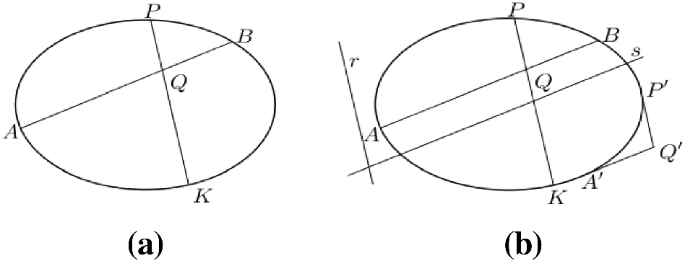
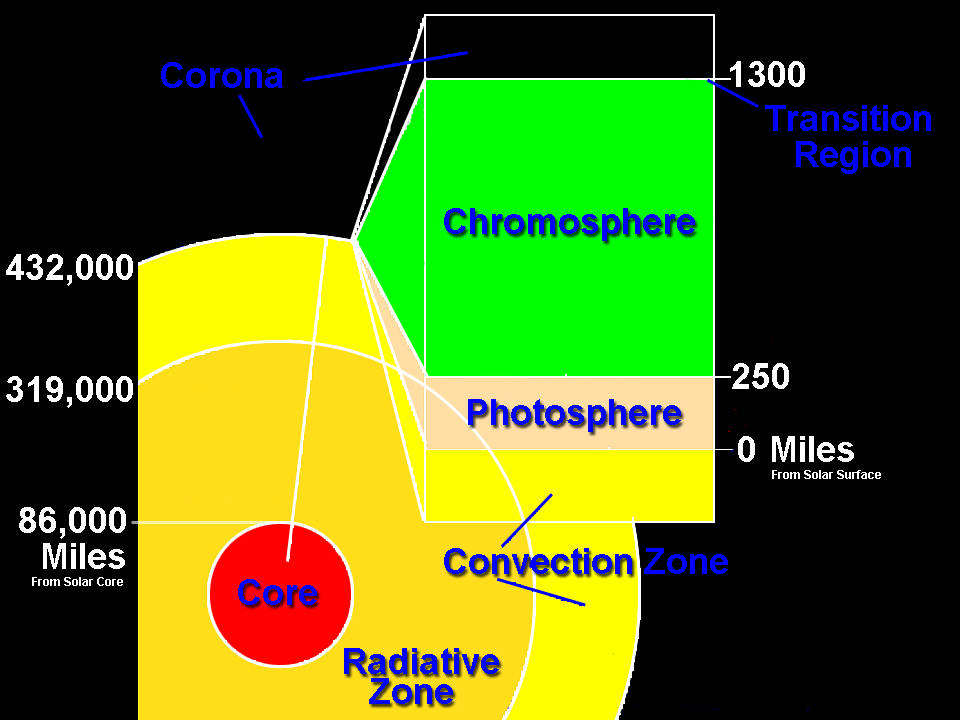


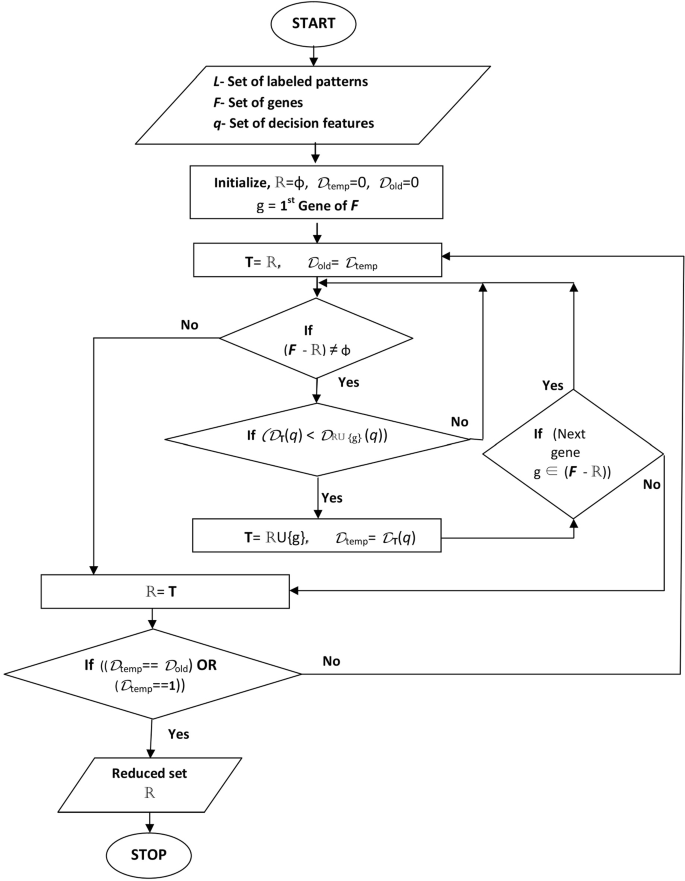
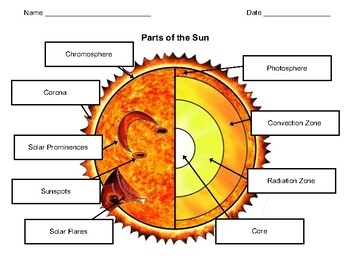


![Expert Verified] Identify the parts of the atom that are ...](https://us-static.z-dn.net/files/d8f/f90834523dfaef667780096b30a8024b.png)





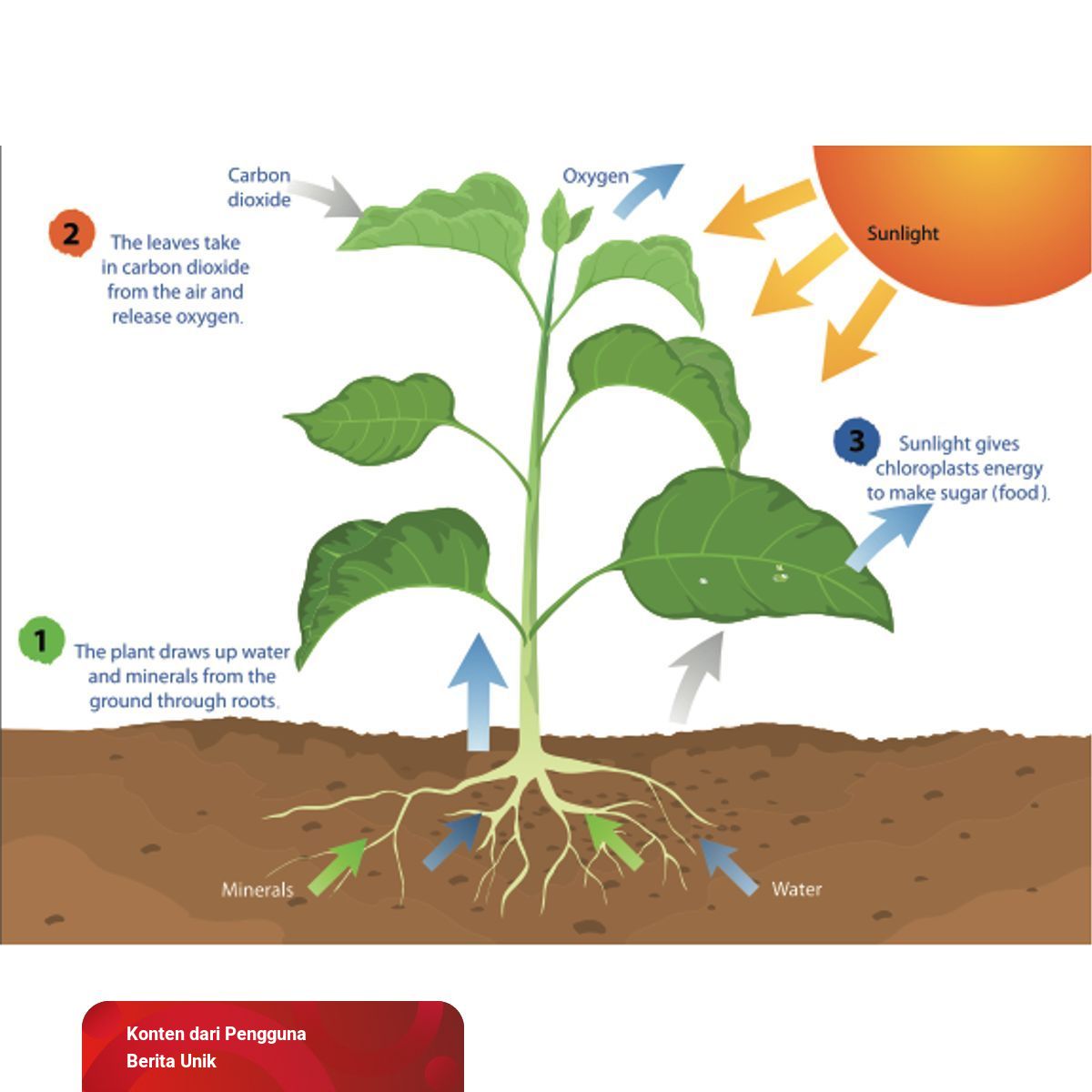


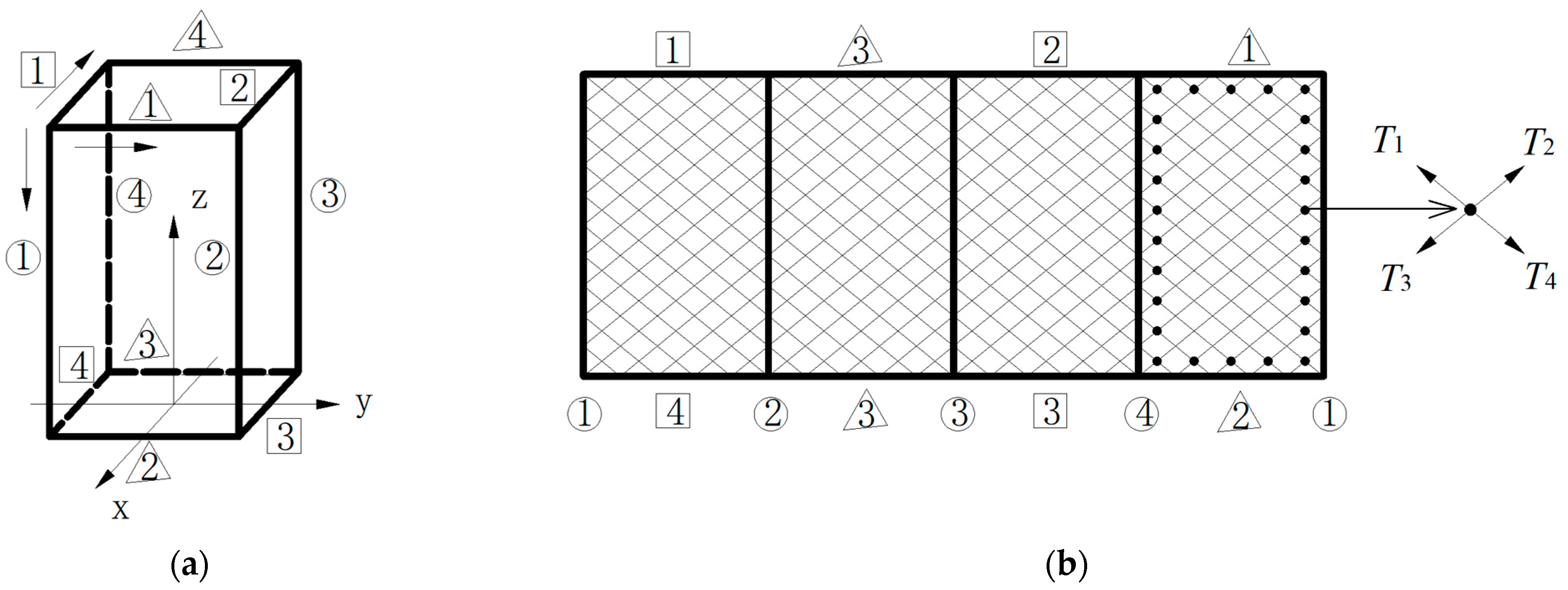



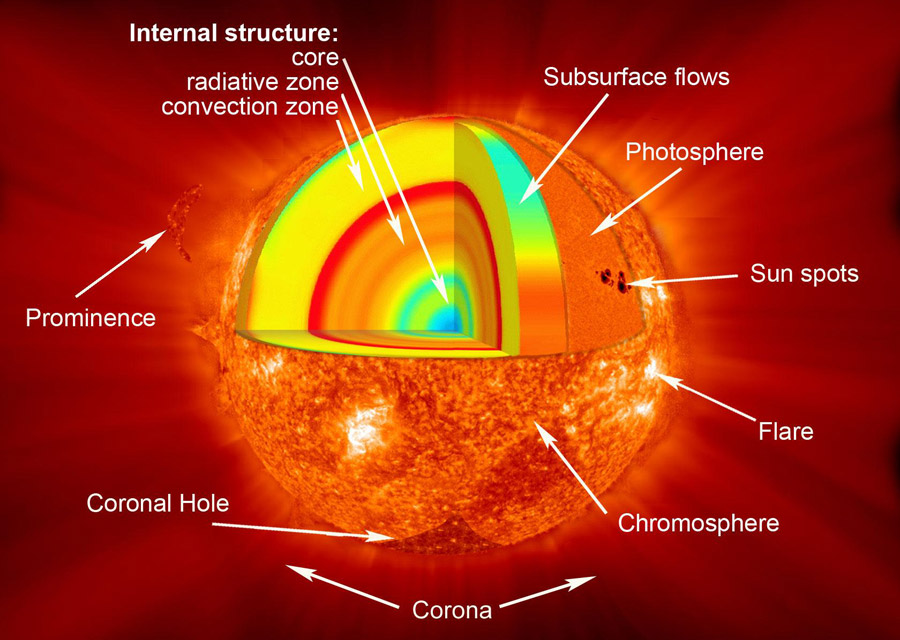


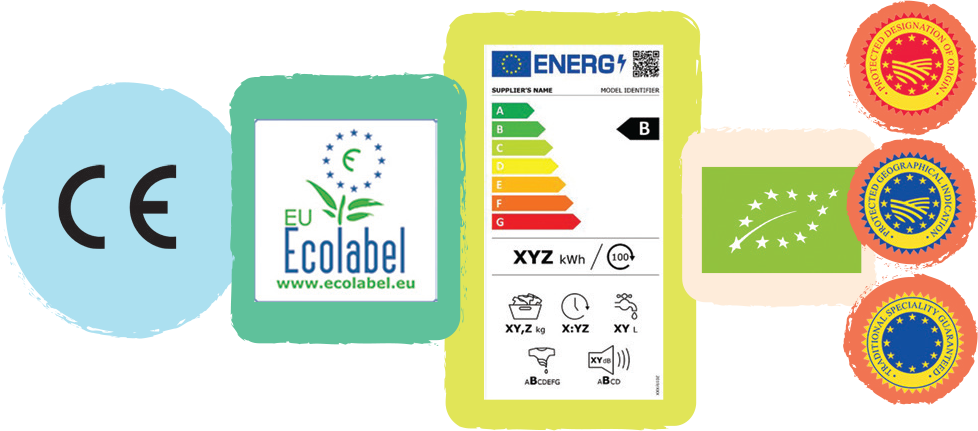
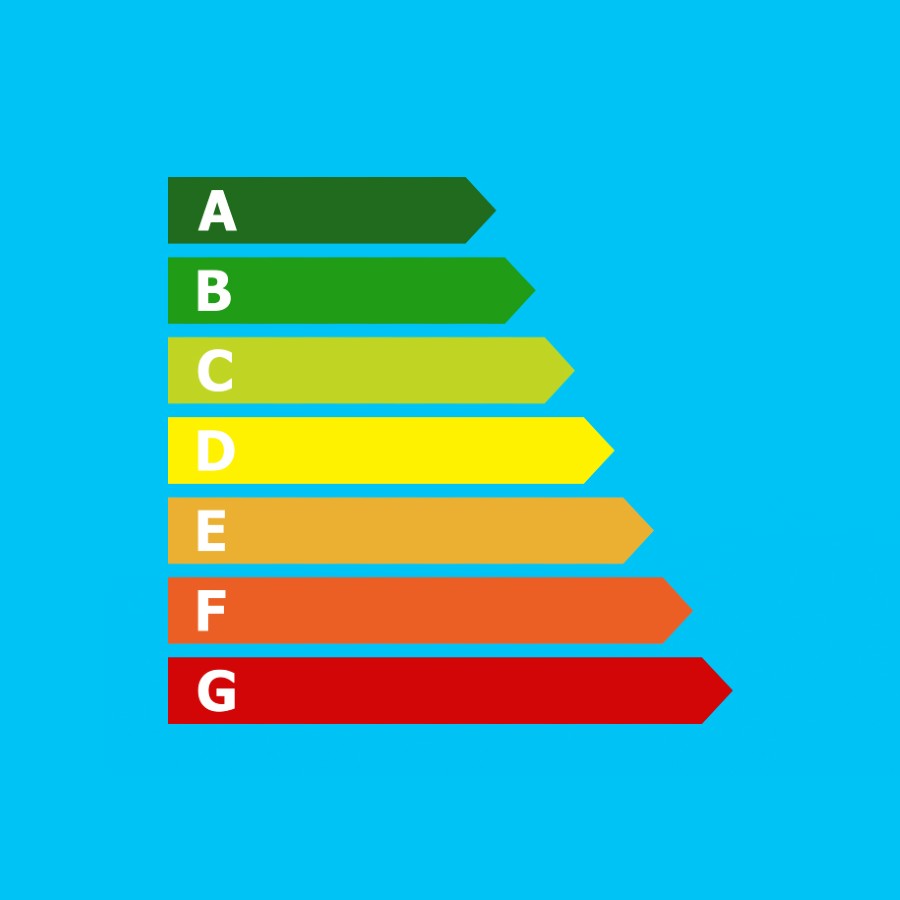


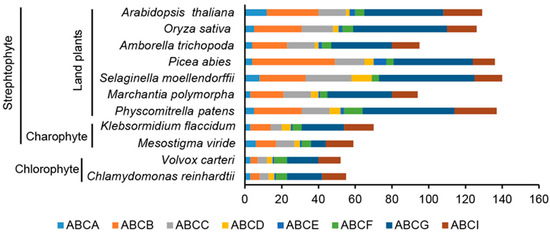
Post a Comment for "43 identify the parts of the sun labeled a b c d and e"